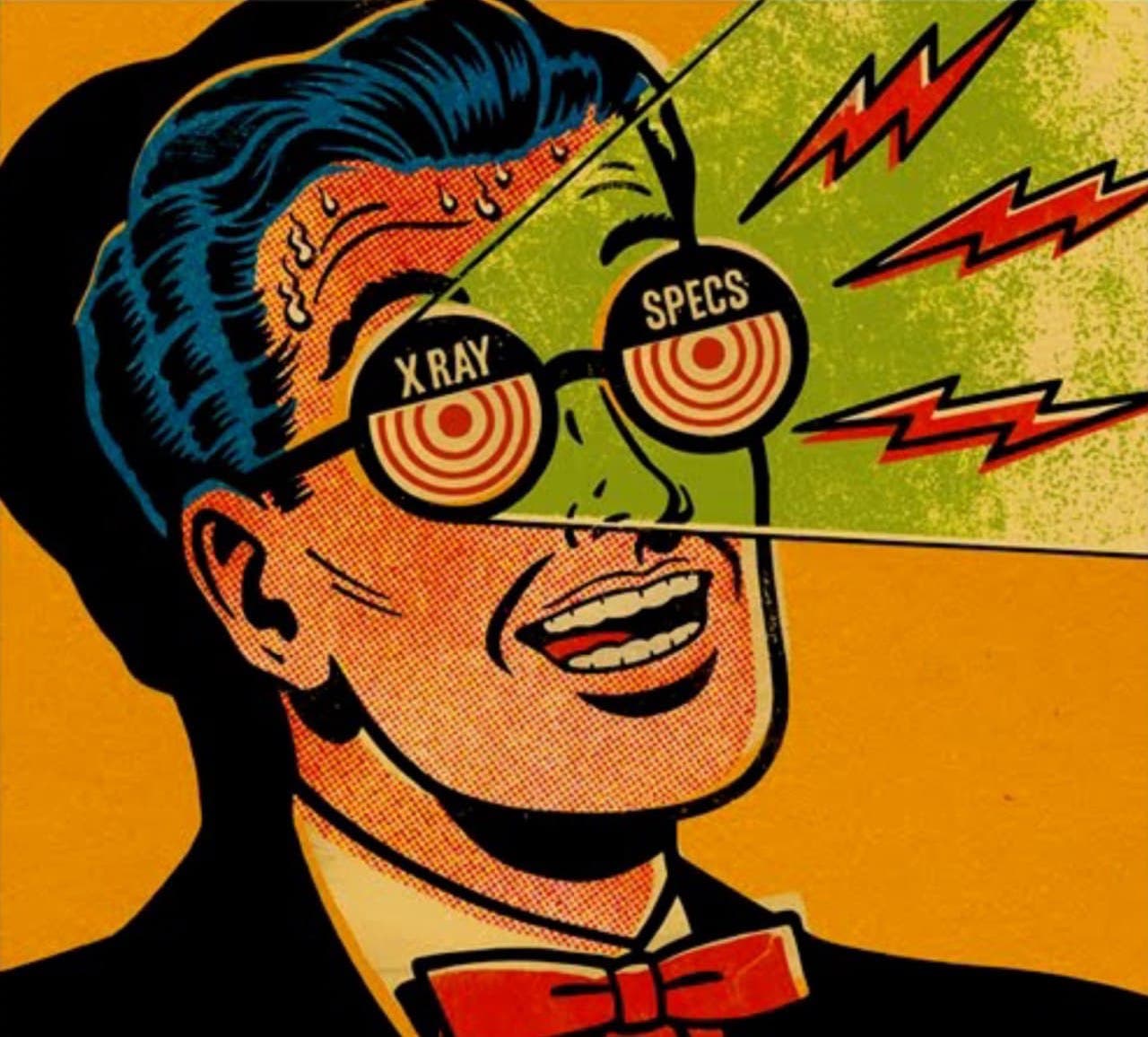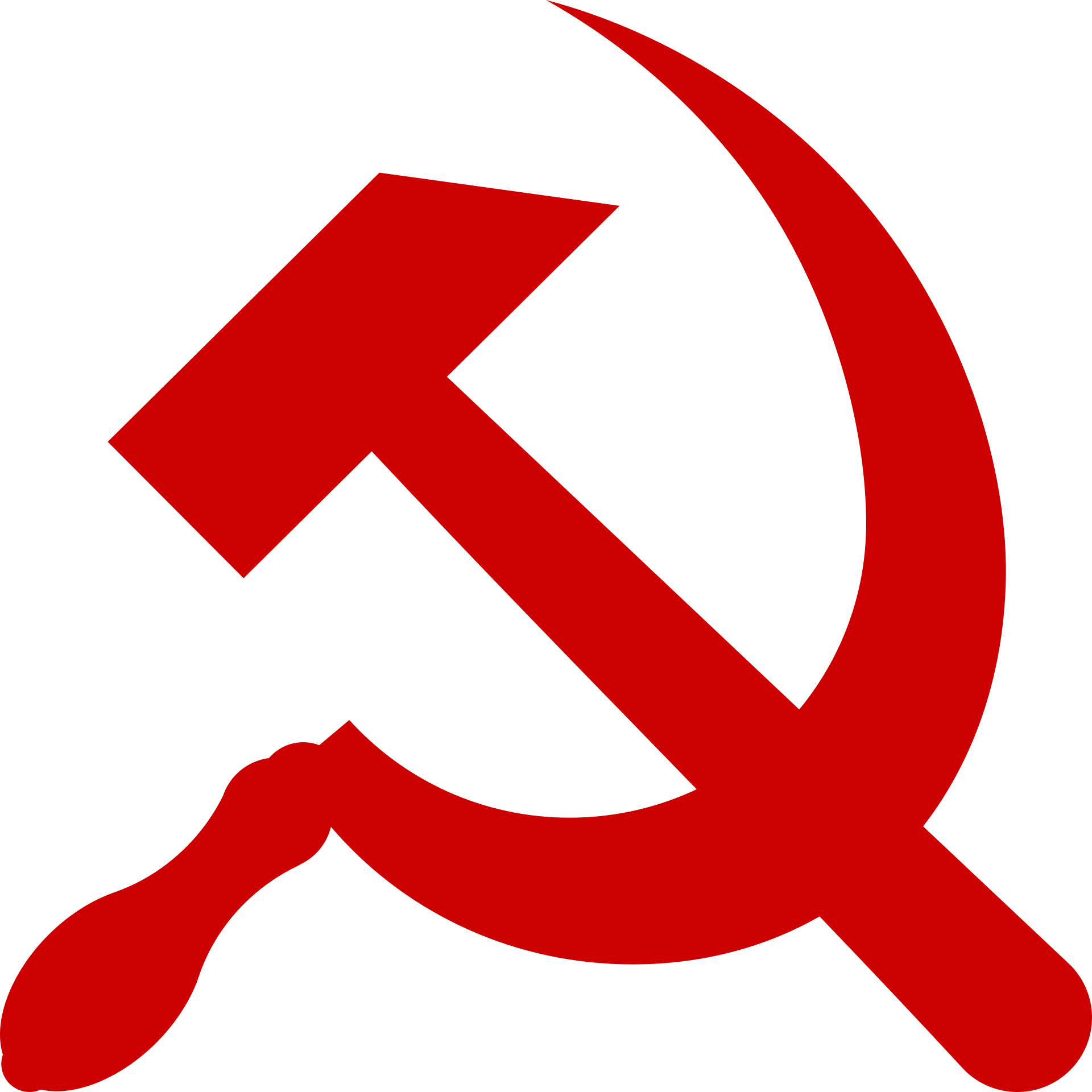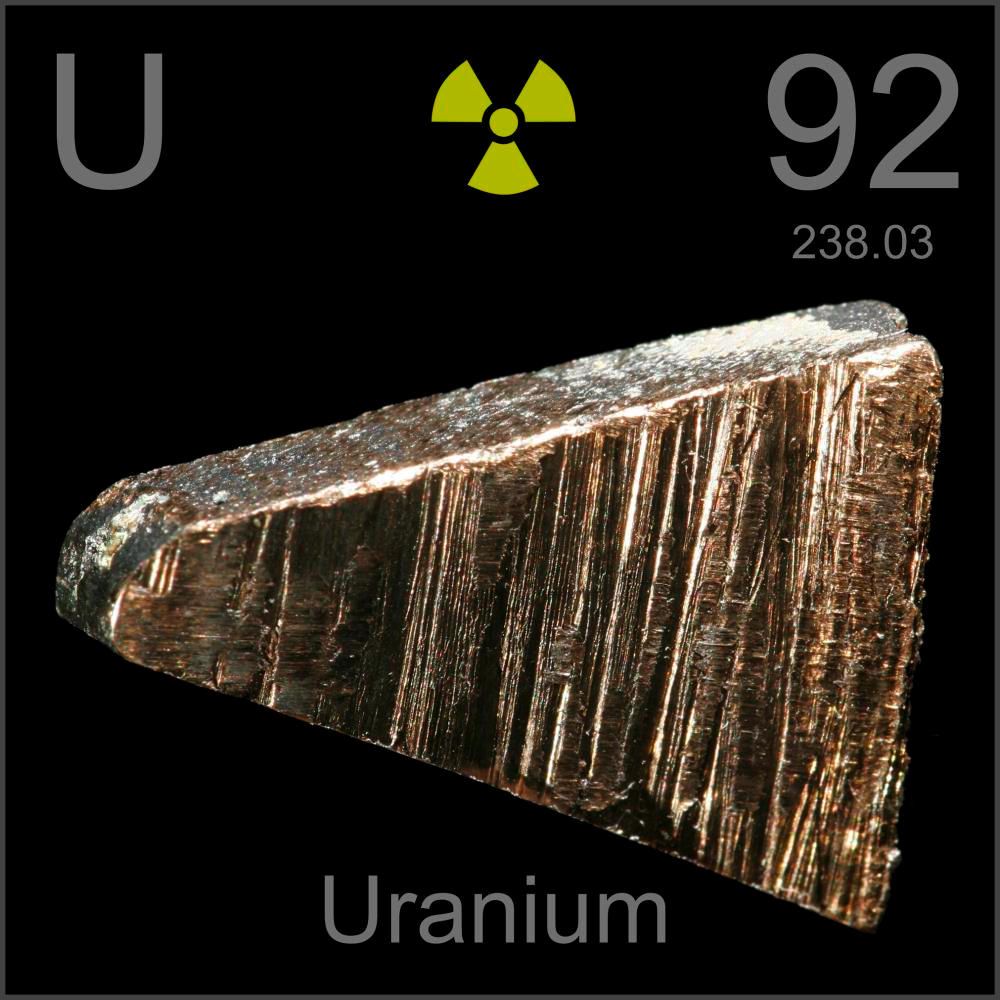The answer to misleading information about USSR had issues feeding its population. source : https://www.cia.gov/readingroom/document/cia-rdp84b00274r000300150009-5
It’s difficult to compare diets across countries like this because of differences in lifestyle and genetics. I am actually a nutritionist but it’s like 2 am here, I’ll run some numbers tomorrow and double check this but I suspect it’s probably right.
So it turns out this is actually super hard to analyse by modern standards (I am also coming at it from another country with different guidelines again, which complicates it a bit) so take all of what I’m saying with a pretty hefty grain of salt.
We don’t group foods together like this any more, but it seems to have been the done thing back in the '80s-'90s so I’m a bit out of my depth. These days potatoes wouldn’t be lumped in with grain / carbohydrates, they’d count as vegetables. Likewise eggs wouldn’t go with dairy, they’d go with meat and fish as protein.
Calorie intake depends heavily on demographics; age, sex, physical activity level, etc, so it’s really hard to assess for huge populations like this and there’s fuck all information about the USSR in that area from this time. Generally speaking though, NHS recommends 2000cal/day for women and 2500 for men. So, they’re both way over on that, but the USA is over by more. WHO recommends no more than 10% daily energy from sugar. Again, they’re both over on that, but the USA is over by a lot more. Fats are recommended to be 20%-35% of daily energy; this article doesn’t account for fats from dairy or meat so the numbers quoted here are low, and impossible to separate out. I did, however, find a journal article from 1985 while trying to work all this out. This one puts men aged 40-59 at 2567cal/day in the USSR and 2554cal/day in USA; a 13 calorie difference (that’s about half an ounce of apple) with USSR higher, but a lot closer to modern NHS guidelines for both. For the USSR; 38% from fat vs. 40% from fat in USA. Again, both over, but USA over by more.
In conclusion, this data is badly categorised, way too high-level, and too over-generalised to really draw much of value from, but speaking really broadly, yeah. About the same amount of food. Neither is ideal, but the Soviet diet is probably slightly better. I’d really, really like to see the sources they used.
Interesting, thank you!
Those numbers seem way high. I wonder if the individuals studied were soldiers. I would have a hard time eating 3500 calories in a day and I’m 6’2"
deleted by creator
that’s about 2 large sized big mac combos w refills from mcdonalds, it’s only difficult if you’re live somewhere without fast food or have your own dietary restrictions or your a observing jewish soviet russian living in siberia in the 1970’s
Yeah, it is very high. Other sources place intake a shade above 2500cal/day for their selected demographic. I really wonder where they’re getting their data from.
deleted by creator
something that looks like Trotskyism, sounds like Trotskyism, smells like Trotskyism…
Anyway answering your question, the reason behind such post is just defense against misleading info about ussr that is still actively spreading despite ussr is dead for 30 years.
deleted by creator
just calm down and control yourself I was talking about your Bordiga nonsense.
deleted by creator
Does this take into consideration they were washing it down with vodka?
Due to evolution, people will generally prefer to eat more calorically dense foods like meat, fat, and sugar whenever it’s an option. In the west people could afford more meat, fat, and sugar, while people in the USSR could only afford a smaller amount of that, so they had no choice but to consume cheaper food like grain and eggs.
The difference in their diets wasn’t intentional, it was merely the result of westerners having more ability to acquire what they wanted, while soviets were stuck with what they could get.
Additionally, every part of the world has different regional cuisines that are based on what ingredients were historically available and cultural norms. So even if you compare the diets of two societies that are otherwise equal in most ways (like UK vs. US) there will always be significant differences in what they eat.
Nothing about the aims of socialism can be inferred from this report.
If you take into account the effects of subsidies (which are social programs) on the availability of certain types of foods and how lobbying efforts form which subsidies make their way into law and practice, the aims of different forms of social programs definitely can be inferred. Further, the dollars spent on lobbying efforts come indirectly from the profitability of certain industries under given subsidy programs, so that sort of magnifies the effects of those dollars, based on where and what industries they are focused on.
These are all choices made by societies, indirectly or directly, at some level. None of them are just given. There’s definitely an influence from differing environmental factors (land use, suitability and availability, differing climates, soil types, etc across the globe), but none of them have to be the way they ended up.
All of that may be outside the scope of this report, but they are definitely contributing factors. Summed up, they speak to the aims of a given social structure.
The separation of per cent like looks really weird. I knew that was the origin, but I never thought it was used like that recently.
Also meat is actually very nutritious. Lots of vitamins and minerals in meat.
Honestly , I still think the soviet union was bad and restricted human rights. True communism will look much different.
I always say, true communism isn’t possible without true democracy. Leaders must be elected in elections that actually matter.
It’s likely not something that is possible with first past the post voting, or any ordinal voting system. A cardinal voting system could do it. My current favorite is STAR.
it’s baffling to me that voting (or democracy for that matter) for a lot of people means, electing a person every 4-5 years and expecting them to be “good” leaders.
if the process isn’t directly tied to accountability at all times, how is that democracy? you elect lesser of many evils (in most places you won’t even have more than 2 “eligible” candidates) and that’s it?
whatever voting system you have, it will not solve this systemic problem.
You need to vote a lot, directly on meaningful details.
The systemic issue of “lesser evil” is a direct result of first past the post voting. Ordinal voting methods cause you to have limited choices.
It’s hard to have a functional democracy, it takes work, it takes a voting method that doesn’t sabotage the process.
That said, it’s impossible to have a true communist utopia with any other form of government, and especially not an authoritarian rule.
If some animals are more equal than other animals, then you’ve betrayed the ideal, and everyone will suffer for it.
The systemic issue of “lesser evil” is a direct result of first past the post voting.
No, it is not.
It is a consequence directly of the ideal of representation.
First past the post voting is at fault here, or rather it’s at the core of a deep systemic problem.
This video explains it quite well.
The TLDR is Arrow’s Theorem, that basically says that all ranked voting methods (and particularly first past the post) tend to result in two party dominance over time. This is the “lesser of two evils” effect, because either side doesn’t have to convince their supporters that they’re good, just that their opponent is worse.
You are not engaging the more general problem, which is not specifically the number of evils, whether two or more, nor the process by which one evil may be selected among many.
The general evil is the ideal of representation, or according to some, at least representation lacking consistent and absolute accountability to the represented.
You’re using some sort of weird known only to you verbiage. That’s why I’m not engaging with it.
The problem is simple, and known. First Past the Post voting has been mathematically shown to cause the rise of a two party political system. Once you have two opposing parties, they don’t have to work for the good of the people anymore, they just have to sling enough mud at the competition.
No election should be anything other than proportional. Even better is sortition. However you need an apparatus very different from a liberal democracy to make it work, which is good, we need to stop making governments that look like liberalism. Which is a core part of the failure of the soviet union and communism to date, that saying you’re doing socialism isn’t enough, we need novel organization of people.
The massive issue with proportional elections is that if you have a very unpopular incumbent, and 5 seats up for election, you need more than 80% of the population to vote against that incumbent to get rid of them.
The other issue is that the current popular proportional voting system is STV, which has some serious flaws. There are proportional versions of things like Score which are much better.
The solution I tend to favor, though, is tiny districts. For the US, there should be far more than 435 districts. I’ve seen different numbers bandied about, but 1400+ is a good place to start. I’ve seen proposals for 6500~ districts.
Why would some fraction of seats be up for election?
Yes, many systems exist and stv is meh, that’s not really a point against a proportional system unless you think fptp is a point against single winners and in that case the proportional systems looks a lot better.
Districts are arbitrary and abusable, just sample the will of the population and build bodies that look like the population. You can get tiny districts by forcing choices at the smallest level possible.
A proportional system will have multi-member districts. That’s the point. Unless you think that a national election can account for the needs and desires of a local population.
You don’t want to have someone from LA speaking for the needs of people in Kansas. Hell, you wouldn’t want people in LA speaking for the needs of people in Sacramento.
That’s where districts come in. To solve the issues with districts, you have two choices, either multi-member proportional districts, or shrink the districts down to the point where any resident can voice their opinion to their representative and expect a response.
Right now, the US has districts with more than 1 million residents. If even 1 in 1000 people have concerns that they voice, their representative will just ignore it all, because tens of thousands of voices are impossible to listen to.
That’s why smaller districts are key, even if you have multi-member proportional districts. No more than maybe 100k people per district.
A smaller district is also much harder to pack, crack, or otherwise gerrymander.
There is no downside, unless you have a favorite political party that only exists due to the current broken system.
Pedantry corner: Communism’s goal is to achieve a communist society, which is defined by being stateless. In a true communist society there would be no need for elections nor government. Now, how to actually get there… is where people disagree, especially anarchists and marxists.
Back on topic, I think the electoral system Cuba and Vietnam use are already a better starting point. There are no parties (parties are allowed to exist but they don’t run in elections, not even the Communist Party), every candidate is independent and they cannot self-nomimate or be placed by someone higher-up, they must be nominated by their community, and everyone gets an equal opportunity to run their campaign.
Why tf where you downvoted… The Soviet Union was a bastardized autocraty masquerading as a worker’s State.
true communist (like true anything else) is only possible if there are no people involved.
The phrasing may be poor, but it remains that communism historically has pursued lateral and decentralized power distribution.
IS that why there were bread lines in Soviet Russia, because of all the plentiful nutritious calories freely on offer, lol, fuck off
It depends on the timeframe, in the 1980s, there were no bread lines because food was plentiful.
During the main timeframe where there were bread lines, the US had soup lines.
Life under the Soviets was a marked improvement for the Russian people compared to life under the Tsars (not so much for the satellite states of the Soviet Union, those people were often actively harmed by being part of the union.)
SNAP is america’s invisible breadline
American media and government would never represent soup lines as a systematic failure, instead of poverty being deserved.
How easily the narrative emerges that the same situation in one case reflects repression and in the other generosity.
We get soup, we win!
Yeah, all that people in Holodomor were so well fed.
do you think cia was hyping up ussr? do you think this report dated 1983 is talking about the situation in 1932?









